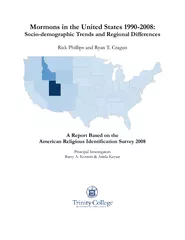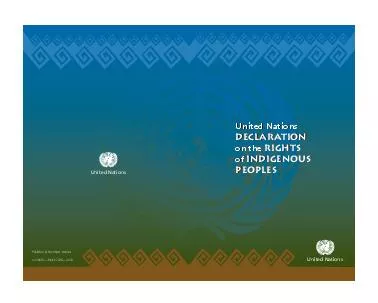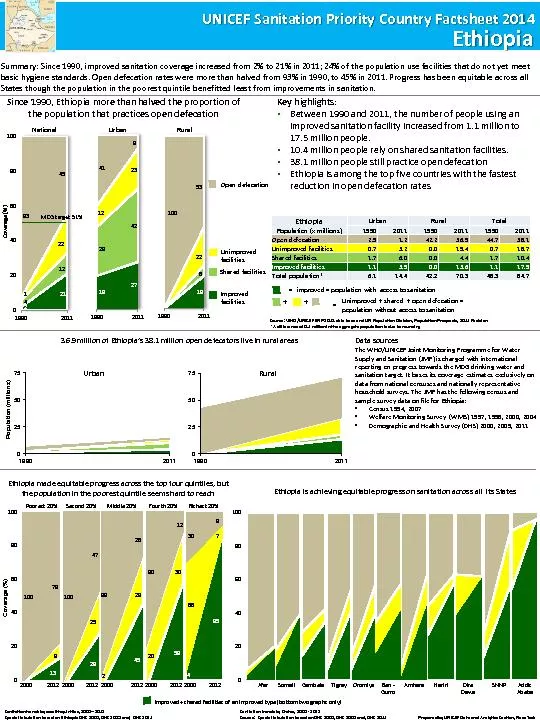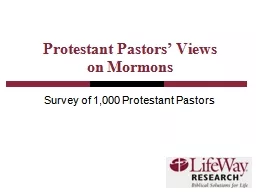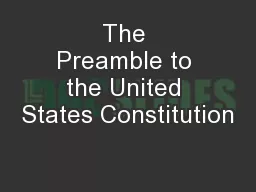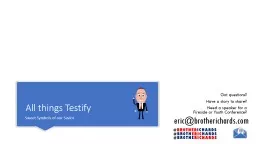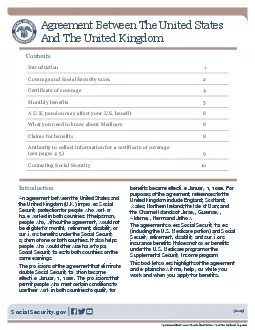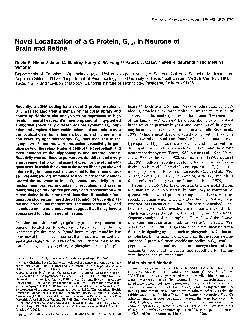PDF-Mormons in the United States 1990
Author : lindy-dunigan | Published Date : 2015-09-09
2008 Socio demographic Trends and Regional Differences Rick Phillips and Ryan T Cragun A Report Based on the American Religious Identification Survey 2008 Principal
Presentation Embed Code
Download Presentation
Download Presentation The PPT/PDF document "Mormons in the United States 1990" is the property of its rightful owner. Permission is granted to download and print the materials on this website for personal, non-commercial use only, and to display it on your personal computer provided you do not modify the materials and that you retain all copyright notices contained in the materials. By downloading content from our website, you accept the terms of this agreement.
Mormons in the United States 1990: Transcript
Download Rules Of Document
"Mormons in the United States 1990"The content belongs to its owner. You may download and print it for personal use, without modification, and keep all copyright notices. By downloading, you agree to these terms.
Related Documents

